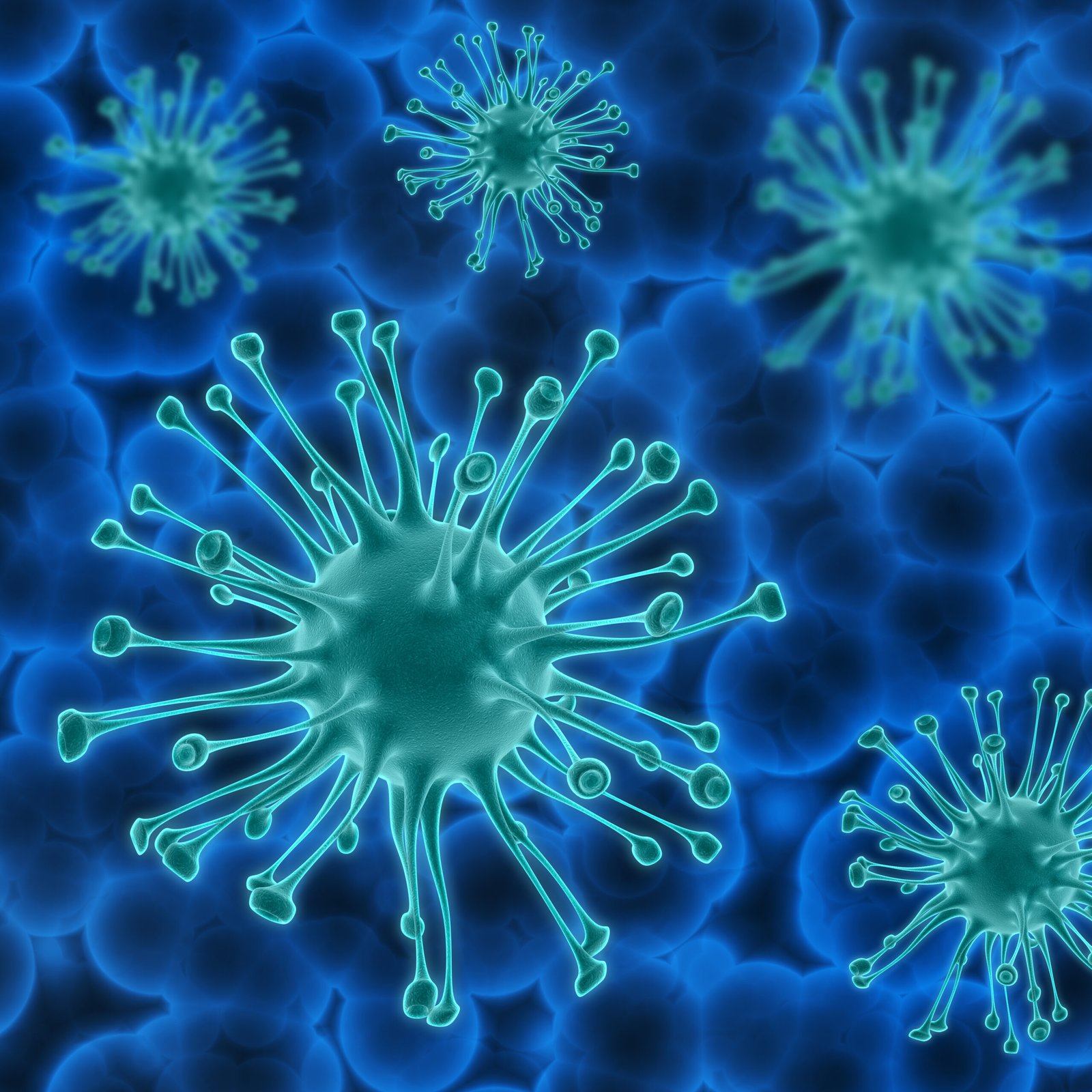1.Introduction: The Importance of Clean Water
Human waste in water from sewage overflow or stormwater runoff is a serious public health risk. Contaminated rivers and lakes can spread harmful diseases. Therefore, it’s crucial to test water for human fecal contamination regularly.
2.Current Detection Methods
Traditionally, scientists detect fecal contamination by looking for bacteria like E. coli in water samples. However, this method is limited. It can’t detect low levels of contamination or identify the exact source of the pollution.
3.A Better Approach: Microbial Source Tracking (MST)
Microbial Source Tracking (MST) is a promising method that looks for specific markers in water. These markers are usually proteins, DNA, or RNA that come from a certain animal. MST can identify very small amounts of contamination and pinpoint which species caused it.
4.CrAss-like Phages: A New Discovery
CrAss-like phages (CLPs) are a group of viruses that infect bacteria. They are found in the human gut and are a potential tool for MST. Although one group of CLPs, called genus I, has been studied, researchers are now looking at other CLPs for their potential to detect human feces.
5.The New Study: Detecting Human Fecal Contamination
A team of researchers from South Korea, led by Dr. Ok Kyung Koo and Dong Woo Kim, developed a new method using CLPs to detect human feces in water. This method uses polymerase chain reaction (PCR) to identify CLP DNA, making it fast, cost-effective, and accurate. Their study was published in Water Research in November 2024.
6.Testing the New Method
To test the method, the researchers collected fecal samples from humans and various animals, including dogs, deer, and cats. They used DNA sequencing to identify different CLP groups. The results showed that CLPs were found in 91.5% of human feces samples, but were absent in all animal samples, except for raccoons.
7.Key Findings
The study identified 13 different groups of CLPs in human gut viruses. Genus VI was the most common, present in 64.4% of human samples, nearly double the frequency of genus I (37.3%). This suggests that genus VI could be a powerful tool for detecting human fecal contamination.
8.The Future of Water Testing
Dr. Koo believes that using CLPs, particularly genus VI, could improve public health efforts. By applying this method, health risks from contaminated water could be reduced, and hygiene regulations could be strengthened.
9.Conclusion
This new method offers an effective way to detect human fecal contamination in water. CLPs, especially genus VI, are valuable MST markers that can improve water safety and help reduce public health costs.
Source:Chungnam National University
Date:Dec 23 2024
Keywords:Fecal contamination,Water safety,Microbial Source Tracking (MST),CrAss-like phages (CLPs),Polymerase Chain Reaction (PCR),Human feces,E. coli




